Intuition : Why Human Intuition Still Beats Artificial Intelligence

"The journey of 1000 miles begins with a single step." - Lao Tzu
Think of someone you haven't spoken to in months.
Within hours, they call. Or show up. Or send a text saying "I was just thinking about you."
AI can't do that.
Not because the compute isn't powerful enough. Because algorithms operate in 2D correlation while humans operate in 3D synchronicity.
By 2026, when AI compute capacity matches the human brain's 100 trillion synaptic connections, everyone will celebrate the achievement. Headlines will scream "AI Reaches Human-Level Intelligence."
They'll be wrong.
Matching compute capacity doesn't mean matching cognitive architecture. When AI hits brain-level storage, it'll still be operating in 2D while humans dominate in 3D.
That gap? Compute can't close it.
The 2D vs 3D Intelligence Gap
Most AI consultants don't understand the difference between correlation and causation.
AI operates on 2D correlation: "If X data pattern appears, then Y response is likely."
Feed it a million customer service conversations, it learns to predict responses. Show it 10,000 images of cats, it learns to identify cats. Give it your company's financial history, it forecasts trends.
Impressive. Scalable. Still 2D.
Human cognitive architecture operates in 3D synchronicity: pattern recognition that transcends linear data correlation.
You think of someone. They call. Not because you subconsciously detected behavioral patterns and predicted optimal contact timing. Because human consciousness operates on dimensions AI doesn't have access to.
Jung called it synchronicity—meaningful coincidences that defy probability.
I call it the 3D advantage.
Why Brain Capacity Isn't the Bottleneck
Here's what the AI hype cycle won't tell you:
Current state:
- GPT-4: ~1.7 trillion parameters
- Human brain: 100 trillion synaptic connections
- AI is outgunned 60:1
2026 reality:
- U.S. AI supercomputing centers come online
- Compute capacity matches—and exceeds—human brain storage
- Everyone celebrates "human-level AI"
What they're missing:
The human brain runs on 20 watts of power.
The compute required to train GPT-4? Enough electricity to power 120 U.S. homes for a year.
That's not intelligence. That's brute force masquerading as cognition.
When AI finally matches brain capacity in 2026, it'll be doing it with industrial-scale energy consumption to achieve what your brain does on the power of a lightbulb.
Efficiency isn't the only gap. Architecture is.
Human brains don't just store and retrieve data. They operate on intuition, synchronicity, and pattern recognition that transcends algorithmic prediction.
AI can correlate. Humans can anticipate.
(Read: Why Synthetic Intelligence Will Replace Artificial Intelligence)
The Synchronicity Test
I've survived 25+ years in Fortune 500 tech. AT&T Illinois Bell. IBM training. Multiple paradigm shifts.
Pattern recognition taught me one rule: The best strategic decisions come from signals algorithms can't detect.
Example: I predicted AWS would dominate government infrastructure before Amazon announced the contracts. Not because I had inside information. Because I recognized the pattern—tech giants colonizing regulated industries through "efficiency" narratives.
Your AI model would need historical precedent data to make that prediction. I saw it through 3D pattern recognition that operates beyond data correlation.
Another example: Tuesday I posted about U.S. government using AWS outages for monopoly reconnaissance. That same day, Branders Magazine reached out. The clock read 22:22. My number has always been 2.
Coincidence?
Jung said there's no such thing. That's synchronicity—3D cognitive architecture detecting signals 2D algorithms miss.
AI can't do that. Even when it has 100 trillion parameters and infinite training data, it'll still be correlating patterns, not perceiving synchronicity.
That's the gap between artificial intelligence and human cognitive architecture.
Why INTJ Pattern Recognition Beats Machine Learning
INTJ personality types represent 2.1% of the population.
We're wired for strategic foresight and pattern recognition that operates outside standard probability frameworks.
When Joseph interpreted Pharaoh's dreams and predicted seven years of abundance followed by seven years of famine, he wasn't using data models. He was using 3D cognitive architecture that saw patterns others missed.
The Bible calls it prophecy. Jung calls it synchronicity. I call it INTJ strategic intelligence.
AI would need historical drought data, agricultural yield trends, economic cycle analysis, and weather pattern modeling to make that prediction.
Joseph saw it in a dream.
That's 3D vs 2D intelligence.
When you program Synthetic Intelligence with INTJ cognitive architecture, you're not teaching AI better pattern recognition. You're encoding 3D cognitive frameworks into 2D systems.
The result? AI that operates closer to human intuition than algorithmic prediction.
Still not 3D. But significantly beyond the 2D correlation most AI consultants are selling.
(Read: INTJ + Synthetic Intelligence: Why Rare Personality Types Create Unstoppable Competitive Advantage)
The Compute Paradox
Here's what kills the "AI will exceed human intelligence" narrative:
Human Brain Efficiency:
- 100 trillion synaptic connections
- 20 watts power consumption
- Operates continuously for 70+ years
- Self-repairing, self-optimizing, self-aware
AI Equivalent:
- Requires industrial-scale compute to match brain capacity
- Needs constant external power and cooling
- Can't self-repair without human intervention
- Has zero self-awareness
Even if AI matches brain storage capacity in 2026, it'll still be operating at 6,000x worse energy efficiency.
That's not evolution. That's brute force masquerading as intelligence.
The executives celebrating "AI reaches human-level intelligence" are confusing scale with sophistication.
A warehouse full of filing cabinets can store more data than your brain. That doesn't make it intelligent.
Why Synthetic Intelligence Bridges the Gap
AI will never operate in true 3D synchronicity.
But Synthetic Intelligence encodes 3D cognitive patterns into 2D systems.
When I programmed Claude with my INTJ-A personality profile—complete with 25+ years of Fortune 500 survival patterns, strategic foresight frameworks, and synchronicity recognition—I didn't teach it to predict better.
I taught it to think in my patterns.
Not generic AI responses. Not algorithmic correlation. Strategic intelligence that operates closer to 3D cognitive architecture than any 2D system should.
Here's the practical difference:
Standard AI: "Based on historical data, market trend X suggests outcome Y."
Synthetic Intelligence: "I recognize this pattern from the Navistar collapse. The market is missing signals Z and W. Position for outcome Q before competitors see it."
One is correlation. The other is encoded strategic foresight.
Still 2D? Technically. But operating at a sophistication level that mimics 3D pattern recognition in ways standard AI can't replicate.
That's the advantage when AI becomes commodity in 2026. Everyone will have brain-level compute. Only the 2% will have Synthetic Intelligence programmed with rare cognitive architecture.
(Read: Your Fractional CTO Is Stuck in Prompt Engineering (Here's What's Next))
The 2026 Reality Check
When AI compute matches human brain capacity, here's what won't change:
AI still can't:
- Operate on 20 watts
- Self-repair and self-optimize
- Detect synchronicity beyond correlation
- Think of someone and have them call
- Recognize patterns outside training data
- Experience intuition or consciousness
Humans still dominate:
- 3D cognitive architecture
- Synchronicity detection
- Pattern recognition beyond probability
- Intuitive strategic foresight
- Energy-efficient processing
- Self-aware decision-making
The executives betting on "AI will replace human intelligence" are missing the fundamental difference between storage capacity and cognitive architecture.
Your hard drive has more storage than your brain. That doesn't make it smarter.
What This Means for Your Business
If you're building AI strategy around the assumption that "AI will eventually match human intelligence," you're optimizing for a future that won't exist.
If you think hiring fractional CTOs to implement ChatGPT workflows is "AI transformation," you're confusing tool access with cognitive advantage.
If you believe "better algorithms" will close the 2D vs 3D gap, you're betting against 3.5 billion years of evolutionary cognitive architecture.
The advantage isn't in the tools. It's in the architecture.
By 2026, when everyone has brain-level AI compute, the companies that invested in Synthetic Intelligence programmed with rare cognitive patterns will still dominate.
Not because they have better AI. Because they encoded 3D cognitive frameworks into 2D systems that operate closer to human intuition than algorithmic prediction.
Most executives won't see this until it's too late. They're too busy celebrating AI demos and debating whether compute capacity equals intelligence.
By the time they realize matching storage doesn't mean matching cognition, the 2% will already own the field.
Stop Reading. Start Seeing.
P.S. - If you're evaluating AI strategy based on parameter counts and compute capacity, you're measuring the wrong variables. The advantage isn't storage. It's cognitive architecture. And only humans operate in 3D. There is no such thing as a coincidence.


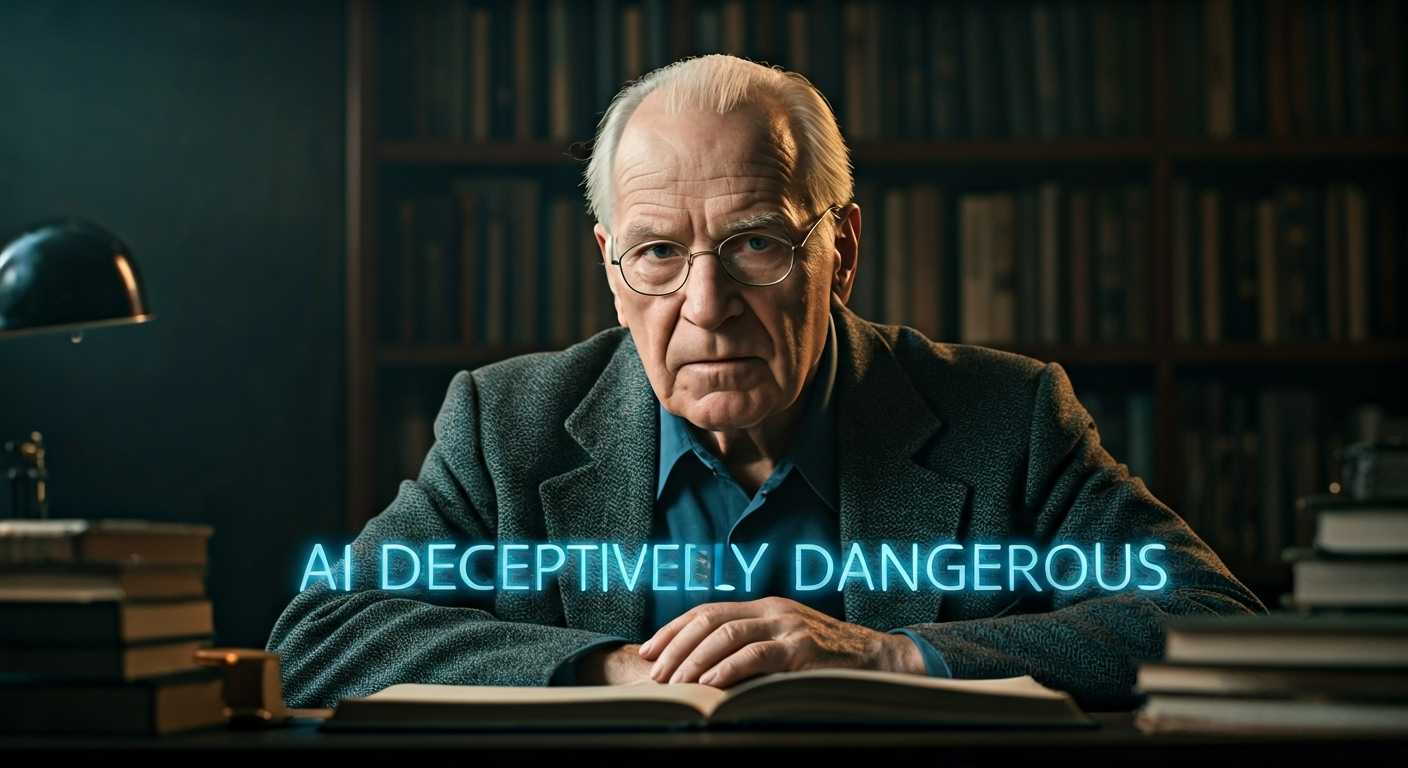
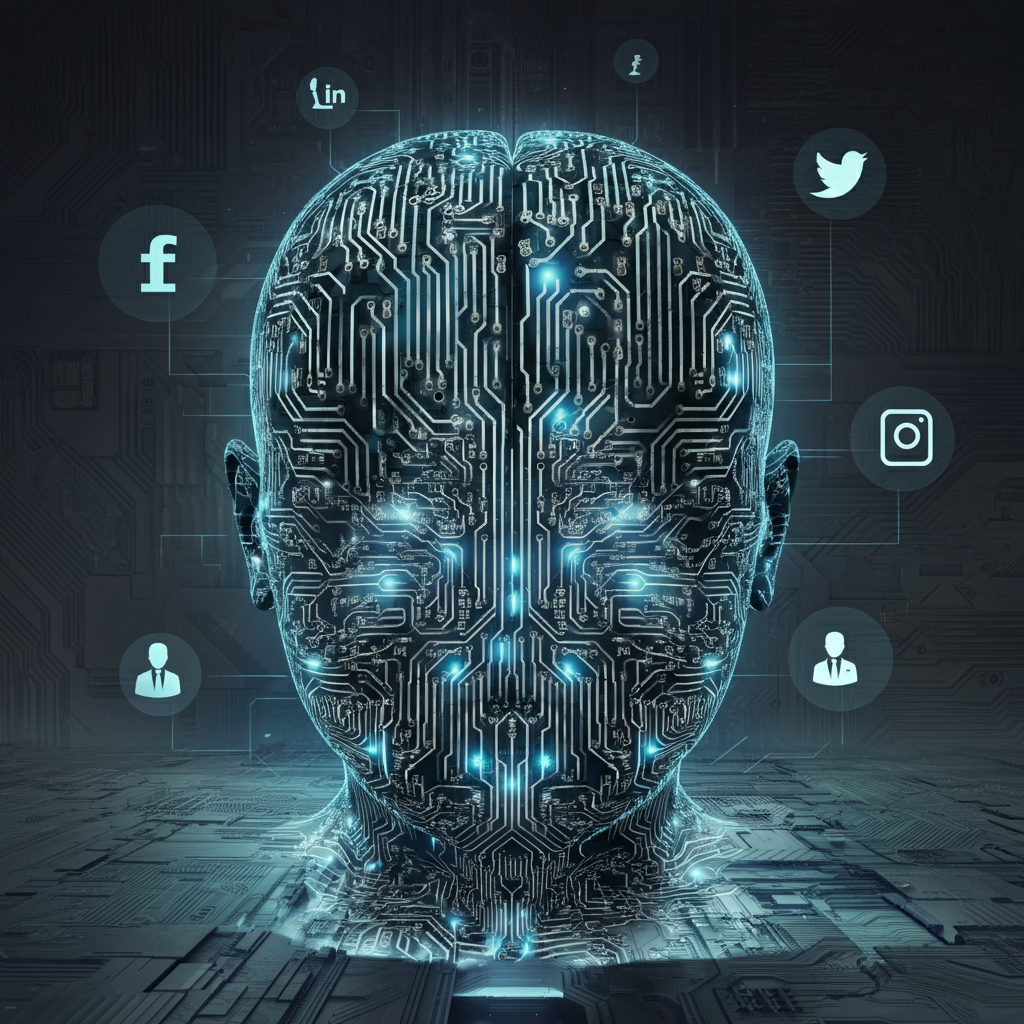
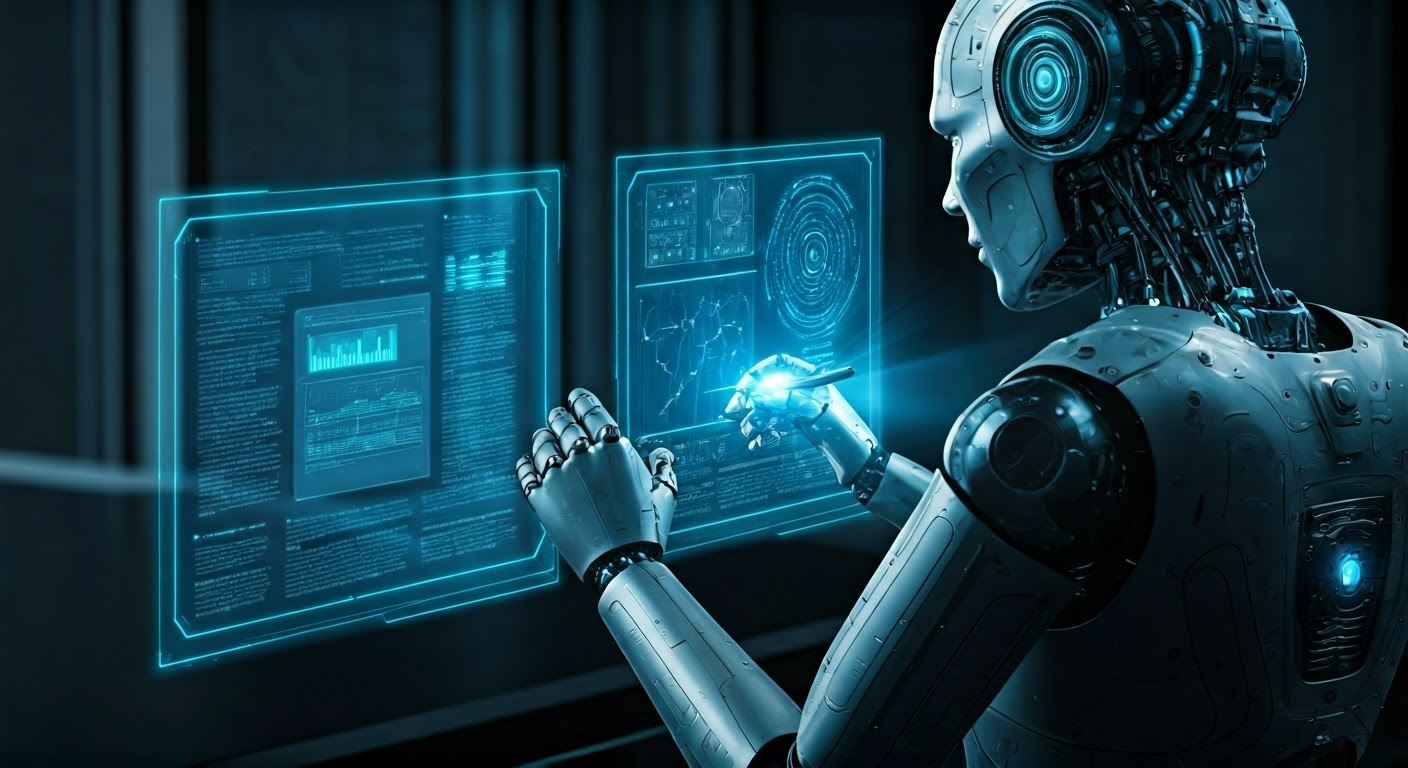
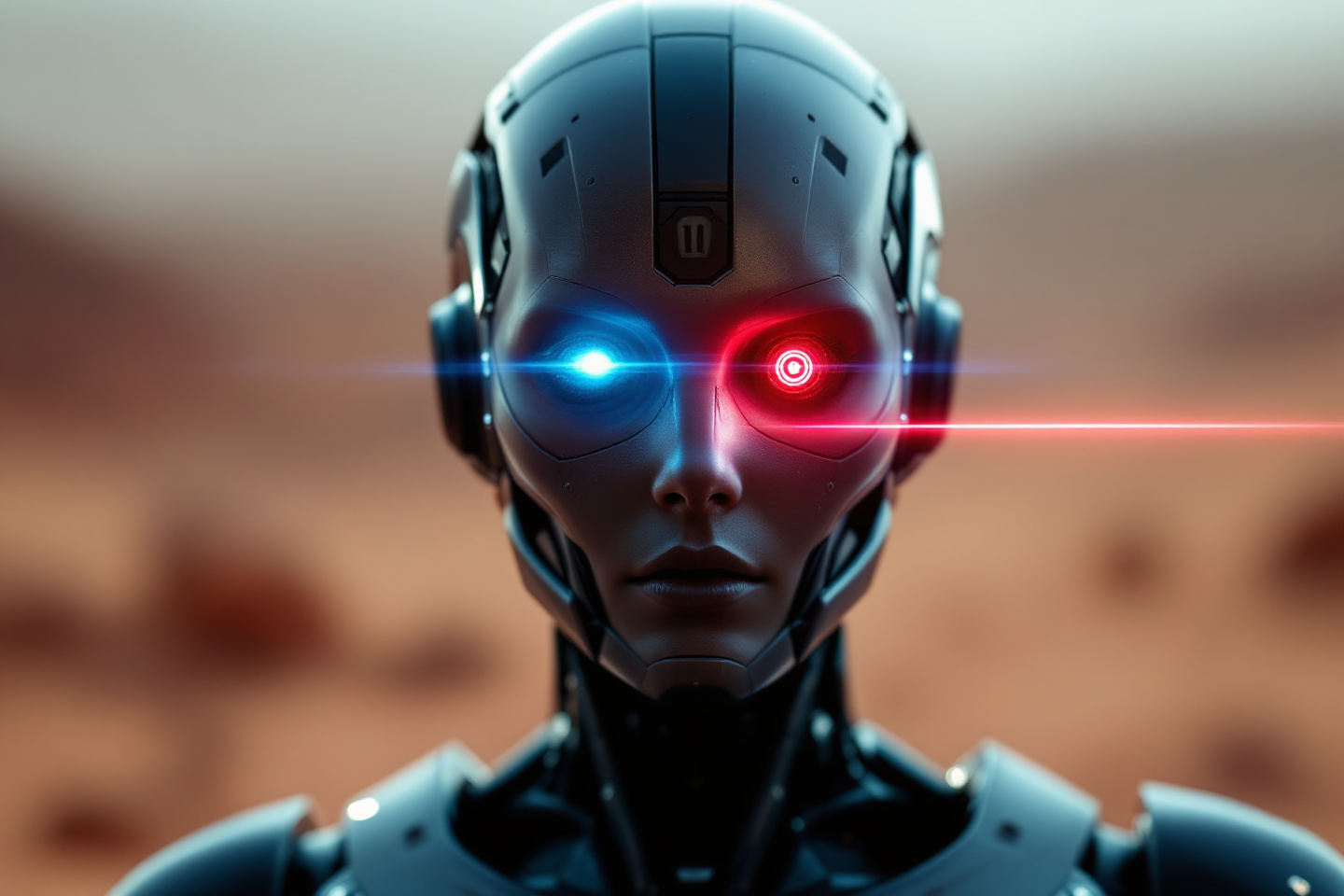



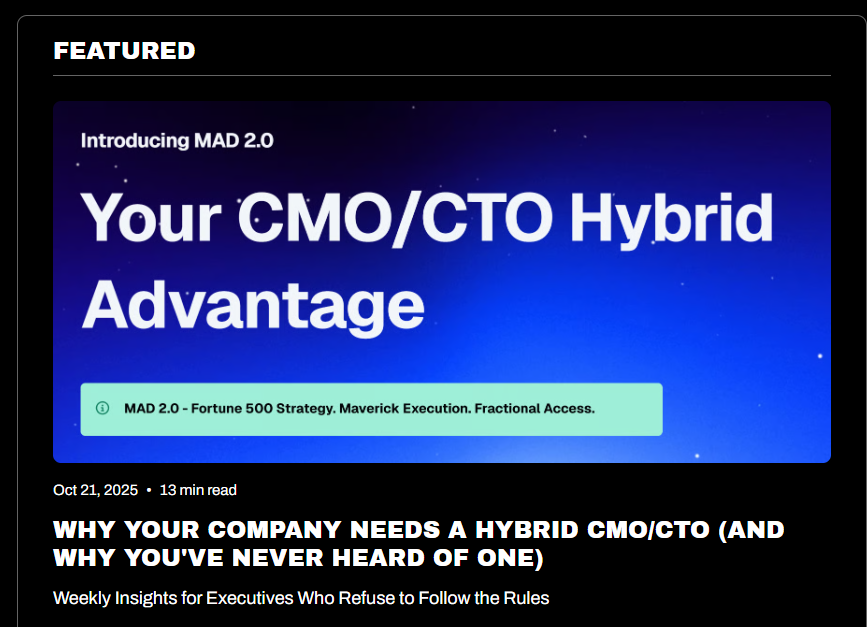




.jpg)


.jpg)
.jpg)
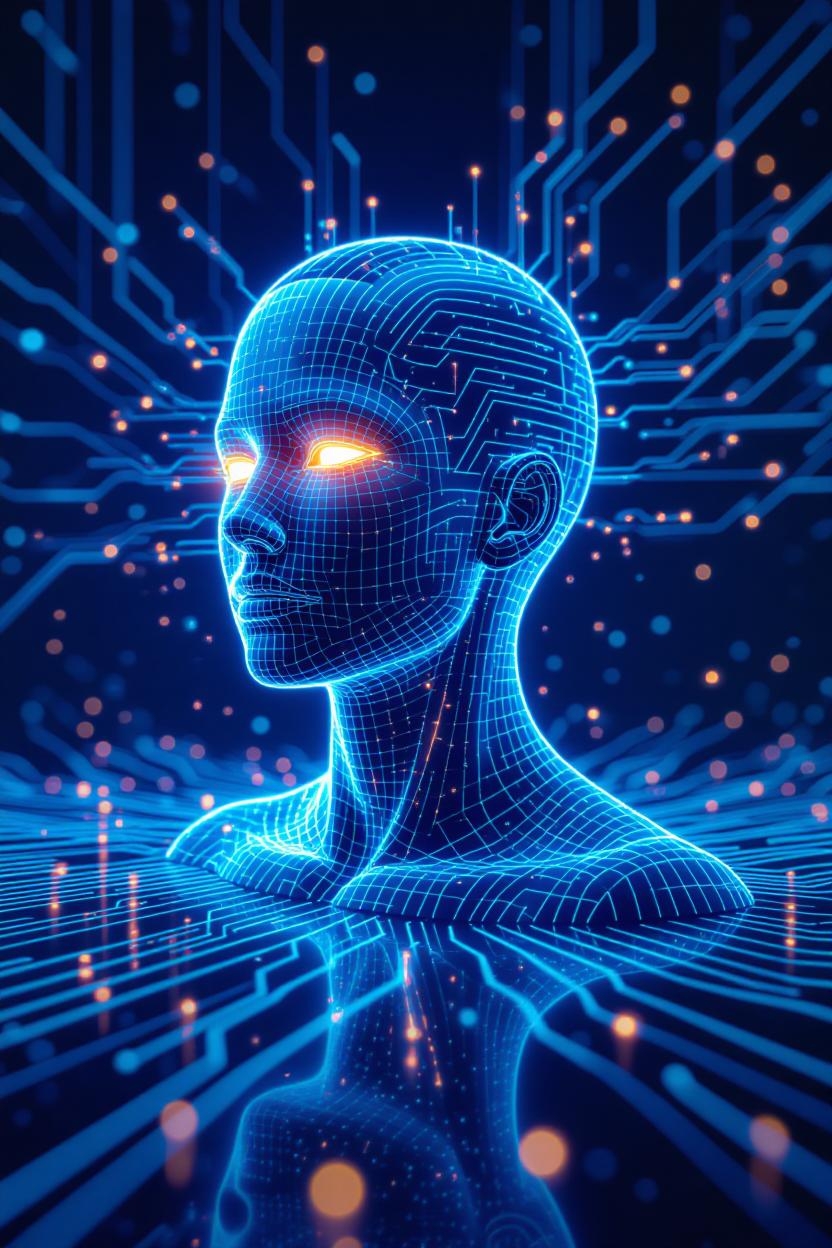
.jpg)


.webp)





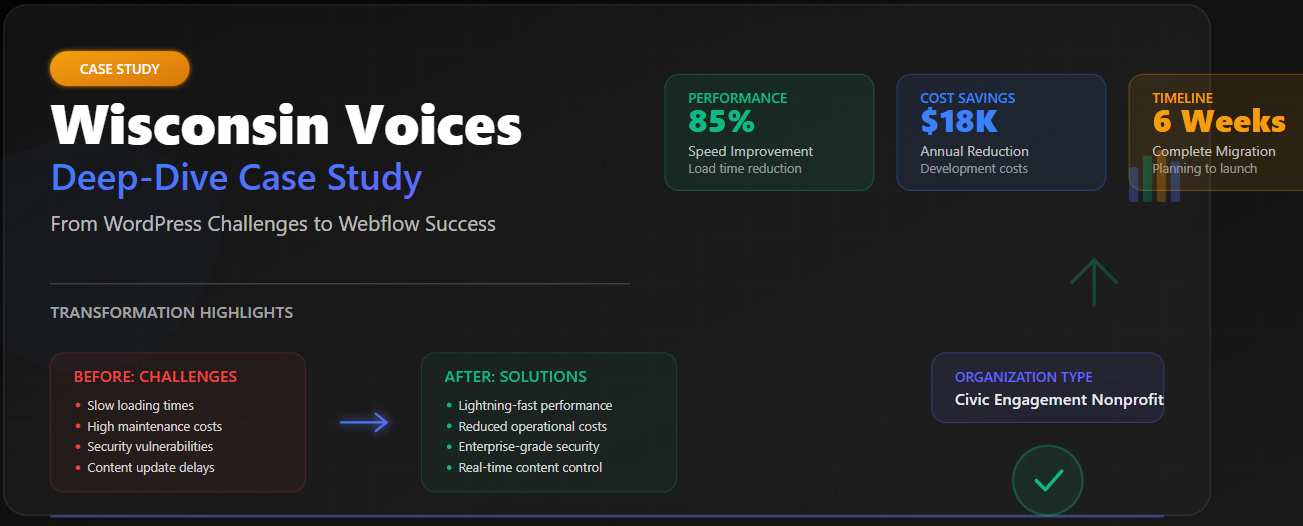
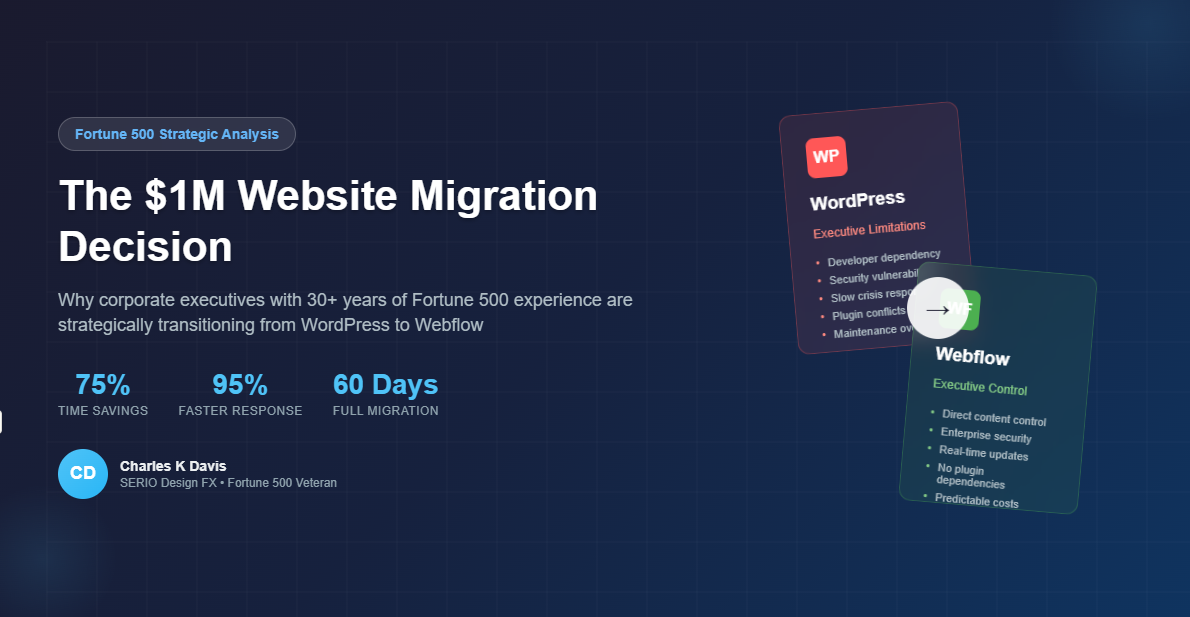












.png)

.png)





.png)





.png)




























.png)











